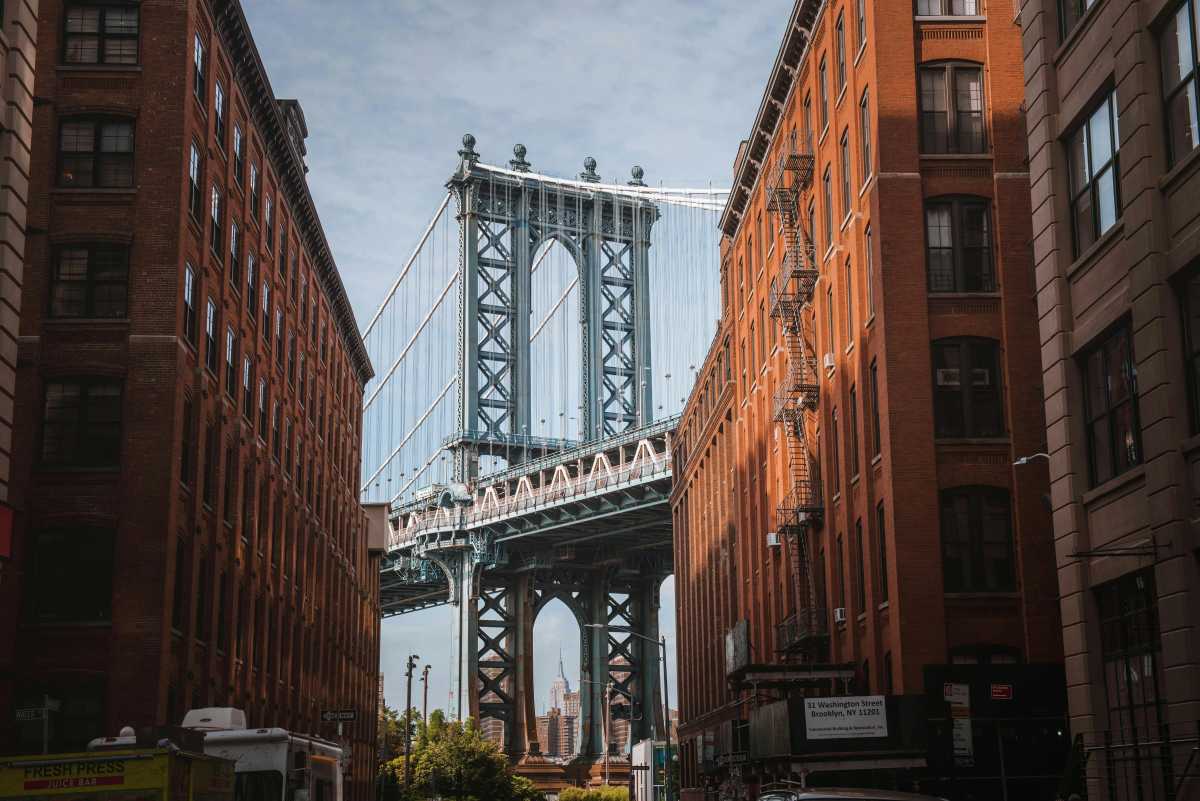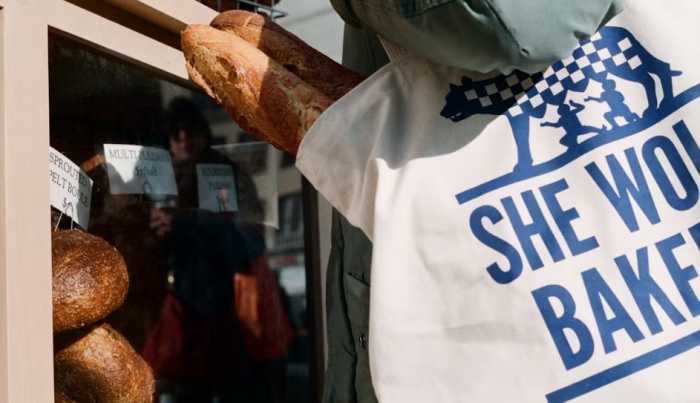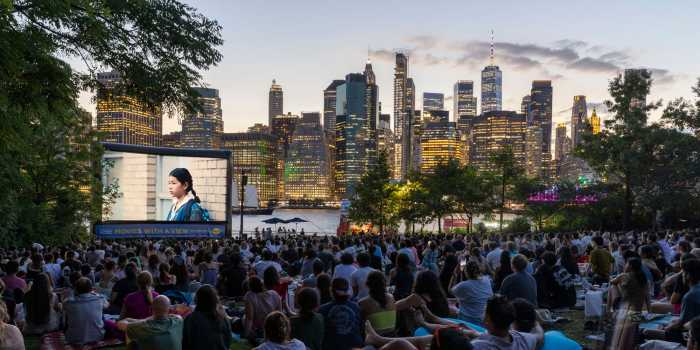One of last week’s front page stories, Council of Nabes: Yards not so bad, reported that the Council of Brooklyn Neighborhoods, a coalition of more than three dozen community groups, had found flaws with the state’s draft environmental impact statement for the Atlantic Yards project, yet not so many flaws that the DEIS needed to be scrapped.
We reported this as a result of interviews with DEIS analysts hired by CBN under a $230,000 grant from the state and city. The people we interviewed had been instructed by the CBN to not comment on the Atlantic Yards project as a whole, but merely speak about their analysis of flaws in the DEIS.
As a result, we went to press Thursday afternoon with a story that conveyed the experts’ concerns about the DEIS, but mostly reflected our mistaken impression that the CBN would let its experts’ analysis suffice and that the group would not comment on the larger question of whether Atlantic Yards should be approved or rejected.
But on Friday morning, well after we could amend our printed story, the CBN did issue a strong denunciation of the DEIS, one that called for Atlantic Yards to be halted unless the document was abandoned and re-written.
As Terry Urban, a co-chair of the CBN, told us, “Our position was defined on Friday: The DEIS cannot be approved in its current form, and therefore, at this time, the proposed project cannot go forward.”
So on Friday, as a result of the CBN’s clarified public position, we immediately posted a new story on our Web site.
Correction
The same print version also reported that architect Douglas Hamilton’s “Pacific Plan” — an alternative use of the Vanderbilt Yards — would not require the condemnation of existing buildings using the state’s power of eminent domain.
Hamilton’s plan would reuse many existing buildings that Bruce Ratner’s Atlantic Yards plan would remove — but the “Pacific Plan” would, in fact, require that at least one be condemned. The Brooklyn Papers regrets the error.
























